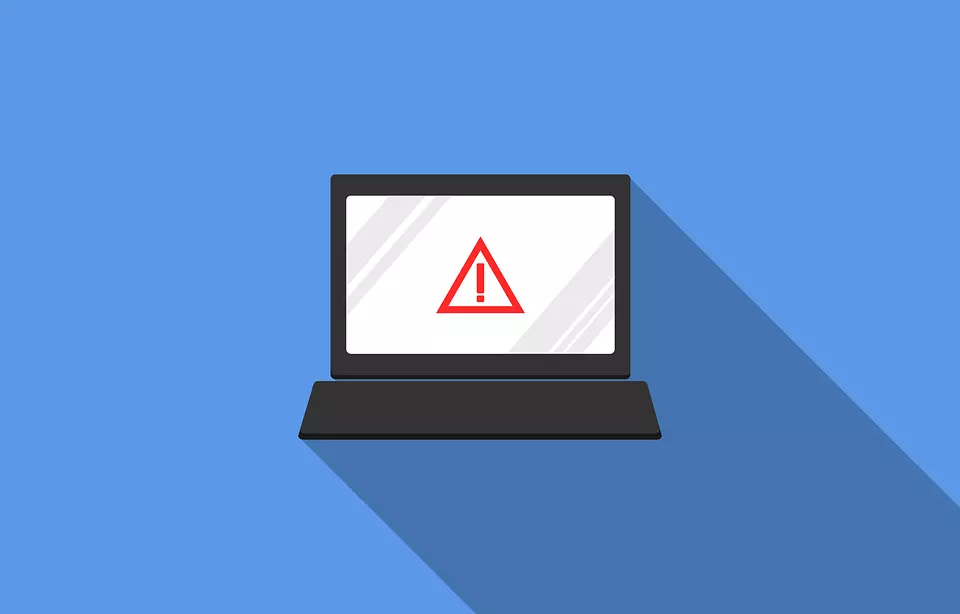In today’s digital era, cyber threats are increasingly common, and attacks through vulnerability exploitation are one of the most prevalent methods of accessing personal and financial information of users. Vulnerabilities refer to security gaps in software or hardware that attackers can use to gain access to systems or user information.
To protect yourself against these attacks, it’s important to be aware of the threats and follow some simple recommendations. Firstly, regularly install security patches and software updates to protect your system against the exploitation of vulnerabilities. Additionally, use robust security software and be cautious of emails or text messages requesting information or containing links to suspicious websites.
It is also important to use strong passwords and change them regularly to protect your accounts and personal information. If you discover a vulnerability in your system, report it as soon as possible to remedy it and safeguard your system against cyber attacks.
What does Common Vulnerabilities and Exposures (CVE) mean?
Common Vulnerabilities and Exposures (CVE) is a database containing information about known security vulnerabilities in software and information systems. They are identified by unique identification numbers called CVE identifiers.
The primary purpose of CVE is to provide a centralized source of information about cyber vulnerabilities and facilitate collaboration and information sharing among security organizations, software manufacturers, and users.
CVE information, such as vulnerability descriptions and remedies, is used by security organizations to assess and manage security risks, as well as by software manufacturers to improve their products.
Examples of cyber attacks through vulnerability exploitation:
- WannaCry ransomware attack (CVE-2017-0144) – This attack used a vulnerability in Microsoft Windows systems to spread worldwide and encrypt user data, demanding a ransom for decryption.
- Heartbleed vulnerability (CVE-2014-0160) – This vulnerability allowed attackers to access sensitive information, such as passwords or cryptographic keys, from the memory of OpenSSL servers.
- Equifax data breach (CVE-2017-5638) – This vulnerability allowed attackers to access confidential information of 143 million consumers, including names, addresses, phone numbers, and credit card numbers.
- Shellshock vulnerability (CVE-2014-6271) – This vulnerability allowed attackers to execute arbitrary code on servers running the Unix operating system through a bug in the Bash utility.
If you have recently suffered from a vulnerability exploitation or want to ensure the security of your information system and learn more about how to prevent such threats, we invite you to contact us. Our team of cyber security experts can provide assistance, system analysis, and offer personalized recommendations and solutions to protect you against these attacks in the future.
Do you want to strengthen your position in the market and achieve new performance standards for your business? Our team of experts can help you achieve these objectives through our comprehensive and high-quality services. Don’t just take our word for it; you can see the results and the appreciation of our clients in our impressive portfolio. There, you can see how we have helped other businesses grow and achieve their goals. Contact us today to discuss how we can contribute to the success of your business!
Follow us on social media:
Instagram: https://www.instagram.com/securemenow/
Facebook: https://www.facebook.com/securmenow







